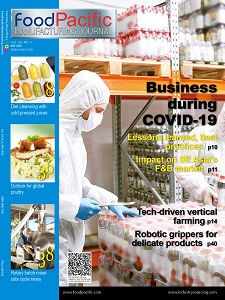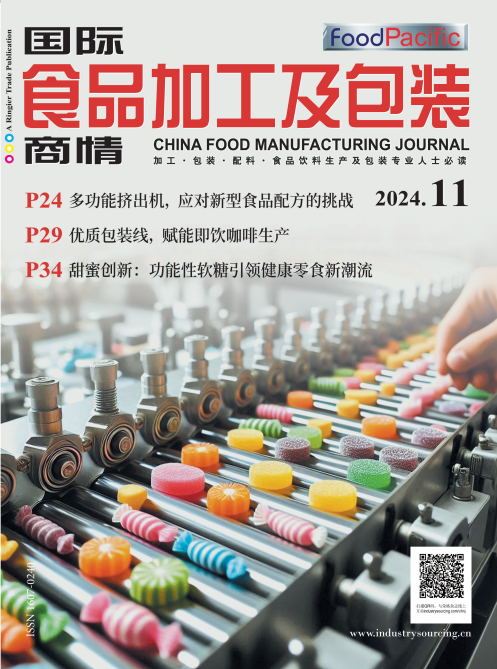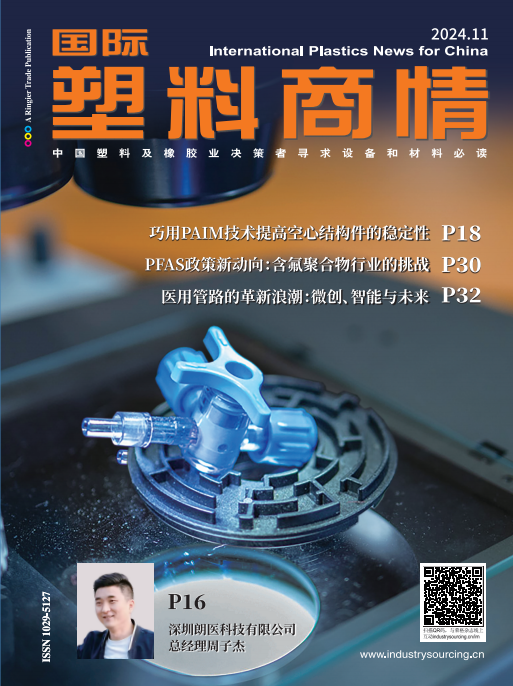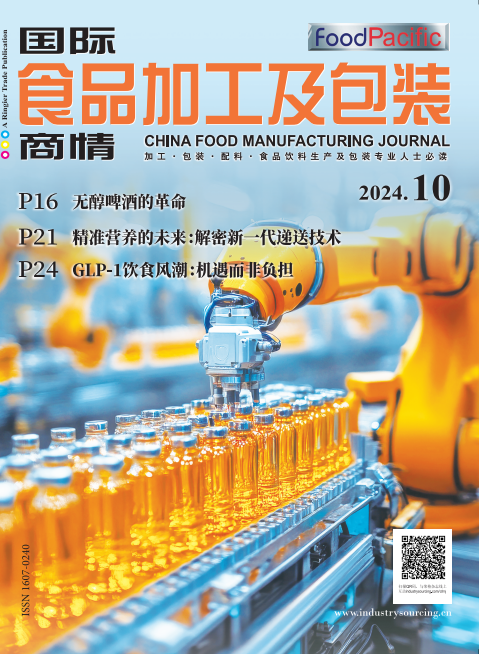Food Pacific Manufacturing Journal
Some analysts and companies say that business as usual after COVID-19 won’t mean the same. It's no surprise because facets of life – and priorities – are changing. These are times when resistance to change will be overcome by the necessity to adopt, for survival. And for business to see its recovery now or after the crisis has lost its grip on the world, many changes are to take place on different levels. Companies will be revisiting how they source raw materials ; supply chains will be evaluated; digital solutions and automation will be considered increasingly.
Romaco said it carried out a factory acceptance test (FAT) via live stream. And without trade shows this year, companies are reaching out to customers virtually. So, we are seeing how transactions can be done differently.
Manufacturers can also learn a thing or two about how to conduct themselves during and after COVID-19, from our interview with Shane Bracken, Regional COO APMEA (Asia Pacific, Middle East & Africa) at Kerry. To know about this, go to page 10.
The global crisis has exposed the vulnerabilities in the F&B industry. In the Philippines, the lockdown imposed since March 2020 revealed the strong and weak points of the supply chain. Manufacturers are managing to meet demand with reduced workforce, and uncertain delivery of ingredients. And livestock and fresh produce suppliers from the provinces could not immediately distribute their goods to the destinations. At one point, Philippine government encouraged city dwellers to grow their own vegetable patch during the lockdown. Singapore's urban farms surely came to mind for all their advantages and benefits -- quick access to leafy greens. This is why we featured some vertical farms in this issue, on page 14.
It is also worth reiterating the importance of good health. Hence, we feature Antidote, a company from Singapore that offers health beverages, particularly cold-press juices. Also in Singapore, scientists from the National University of Singapore have discovered a way to produce a probiotic drink with white bread as base ingredient. Read about their work on page 24.





















